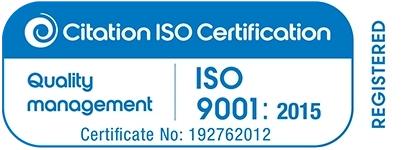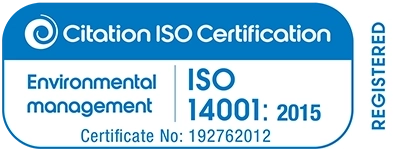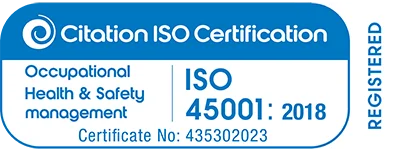We’ve touched on the benefits of Electronic Patient Records (EPR) recently; more effective patient care, safer practice through more accurate and timely information and reduced operational costs are just a few.
EPR is a huge next step for the healthcare industry, it has the potential to revolutionise the way we deliver care. As the number of patients in hospitals increases so too does the paperwork that comes with each one. Relying on traditional methods of recording and storing patient information is expensive. There’s an elevated risk of losing data and obtaining accurate information can be a strenuous process.
That doesn’t mean EPR is all plain sailing though. Getting the basics right is fundamental to the long-term success of this new system. We don’t need to complicate things. The biggest hurdles will be flat batteries, lost or damaged devices and missing or damaged cables. It’s easy to take for granted, but if your device runs flat mid-way through treatment you’ll need to go straight back to paper – adding time, cost and completely voiding any benefits from your EPR investment.
Key factors to consider for…
Batteries.
Lithium-ion batteries are rechargeable batteries found in almost all modern devices. They’re long lasting, fast charging and reliable. They’re also compact and lightweight, making them the perfect option for handheld technology. To protect them and increase their lifespan you should aim to keep them at room temperature and avoid overheating.
It’s also essential to ensure the device is getting the right amount of power. There is a huge volume of low-cost charging cables and power banks on the market today. Many of which are not designed to deliver the correct amount of power to your device. Using a cable that is designed for your device will help solve this – but when charging multiple USB devices simultaneously across a large site this can be difficult. Intelligent USB charging units help avoid this problem by automatically detecting which device is plugged in and delivering only the appropriate power.
Cables
Following on from low-cost cables, replacing lost and damaged chargers can be expensive and inconvenient, especially if buying cables designed for your device. If cables frequently go missing it becomes impossible to keep all devices charged. Investing in a product to keep chargers secure will have a surprising impact on the amount spent replacing them. Cable management clips prevent damage or snapping and concealed power compartments mean cables can’t be removed.
Devices
Taking care of devices themselves can be difficult. They’re exposed to harsh environments and in busy healthcare organisations are prone to drops and bangs. Ruggedized cases are an effective way to help prevent damage – but it’s when devices are not in use that most damage, loss or theft is likely. Devices should be stored centrally and be easily accessed only by the authorised personnel. It sounds trivial, but if during the midst of chaos, you are unable to quickly located EPR devices, the entire system will fall apart.
The solution?
Device management solutions will be essential to the long-term success of EPR. By investing in a solution in the initial stages of implementation, healthcare professionals can avoid a multitude of problems further down the line. LapCabby has invested heavily in research and development to create solutions tailored to healthcare, meeting the complex needs of this environment to drastically improve the lifespan of your devices.
We use high-quality materials to build charging and storing cabinets that utilise clever device management systems and intelligent charging. Our units are already meeting the needs of many healthcare organisations across the UK, see who we work with here.





